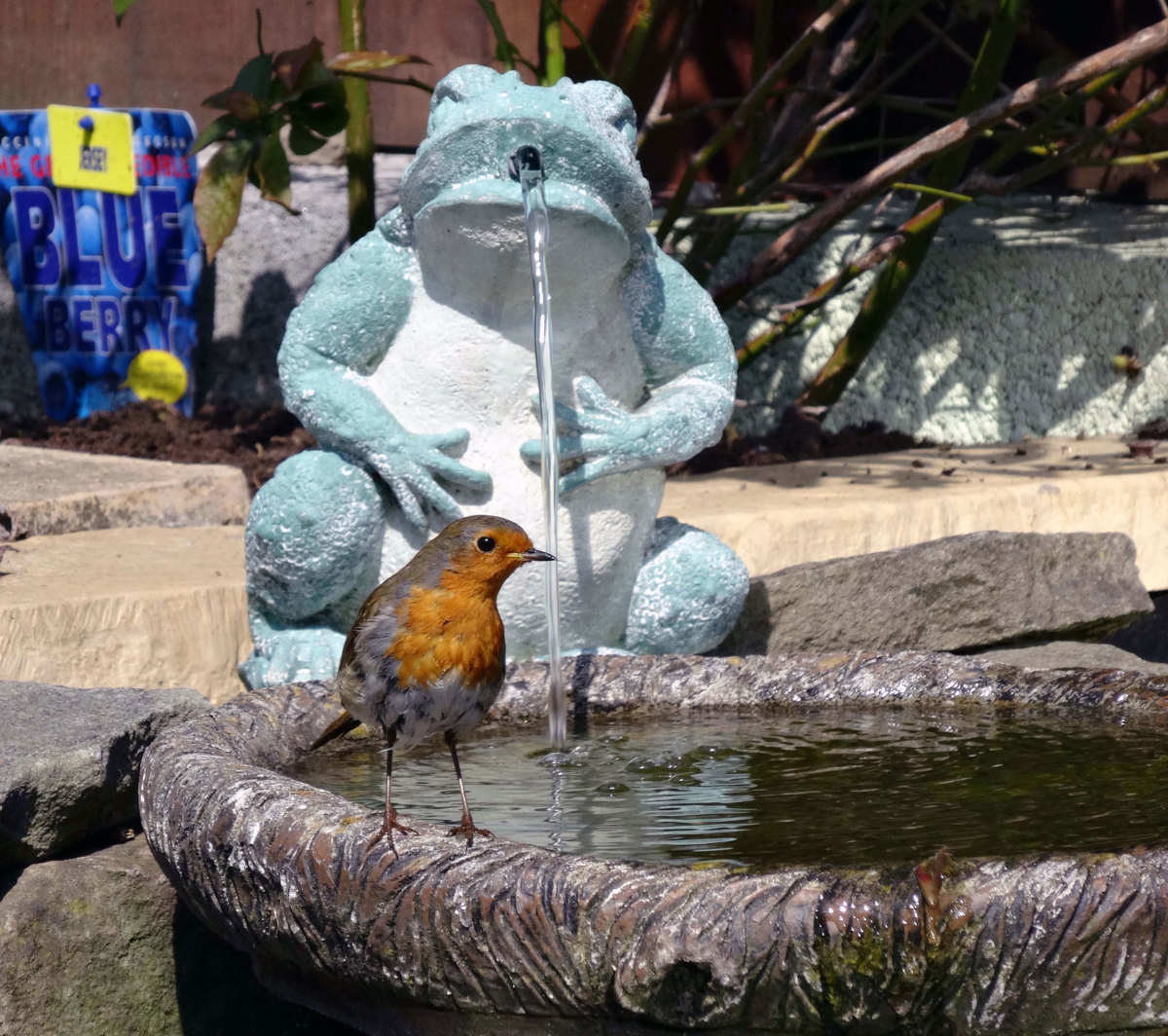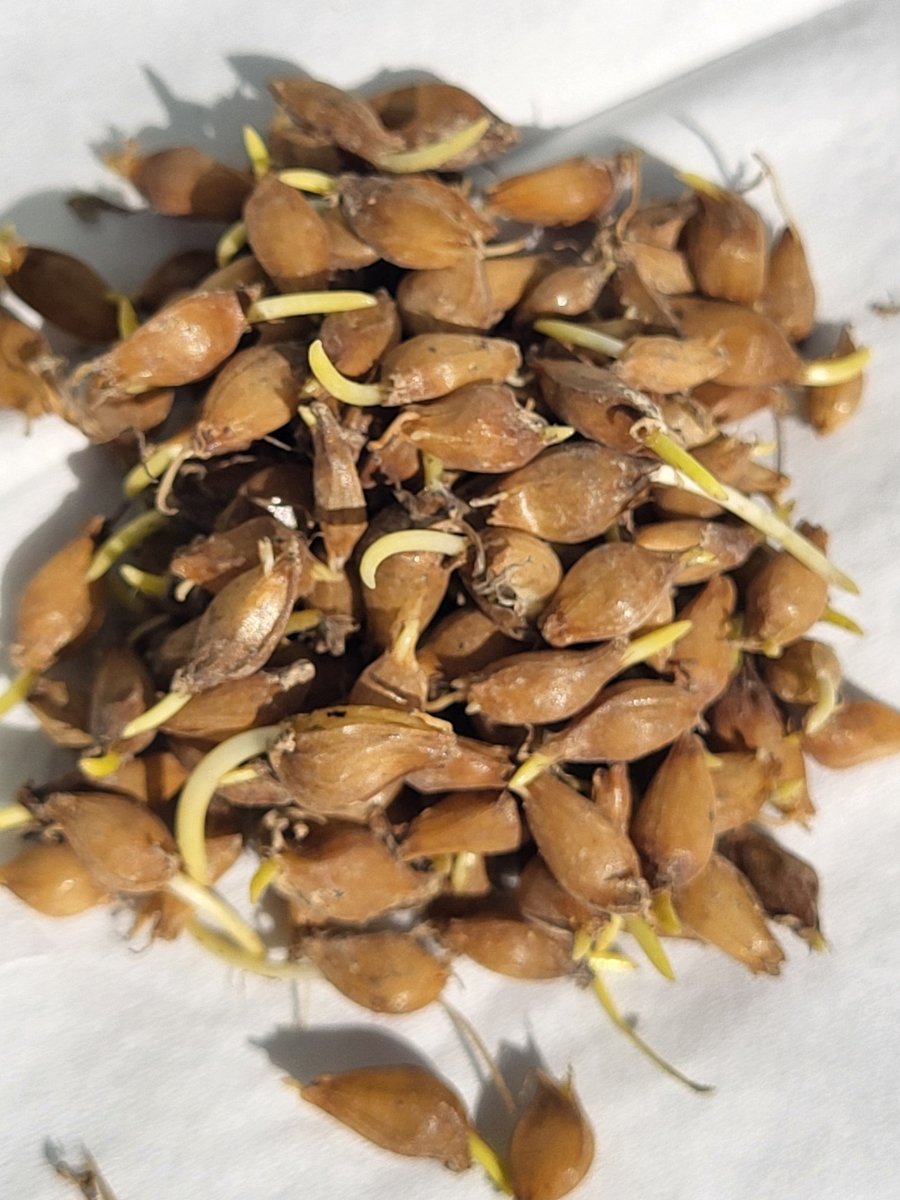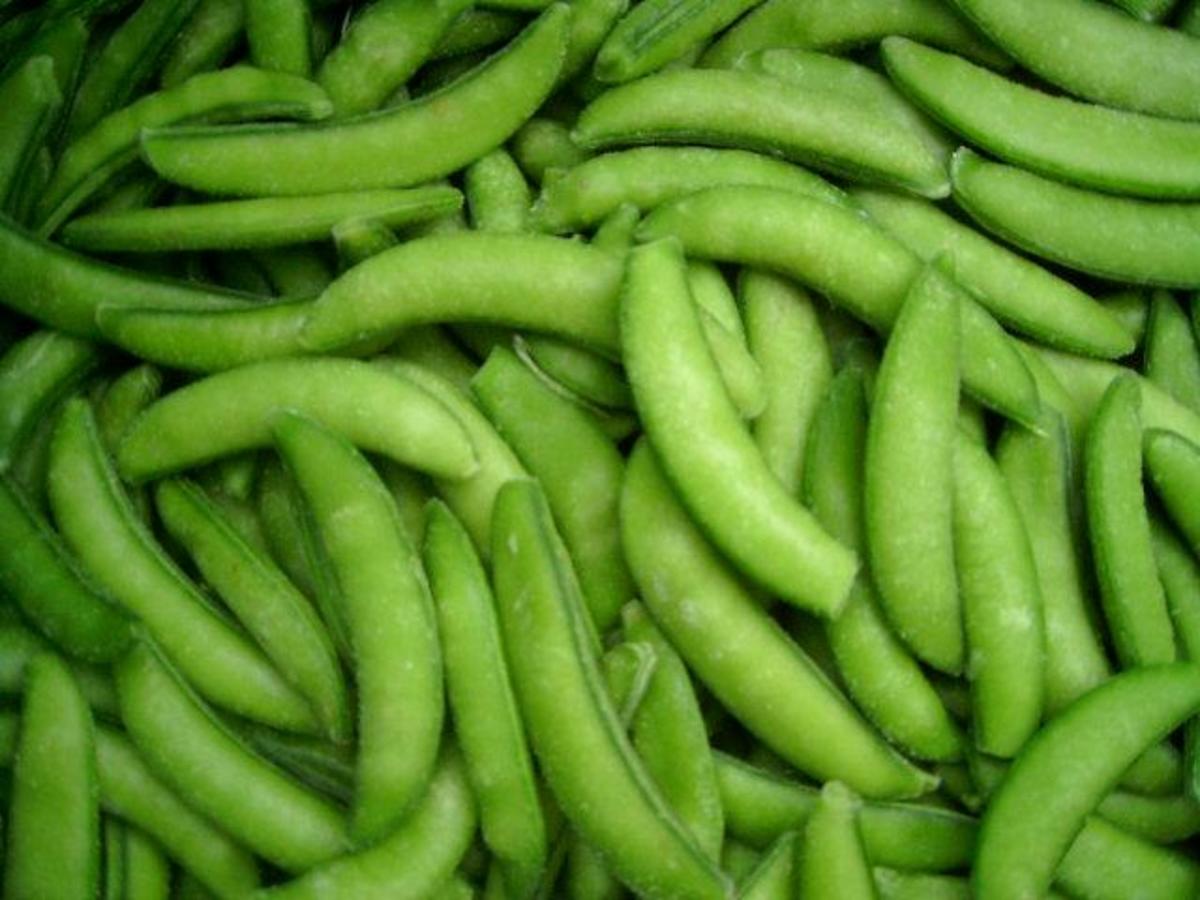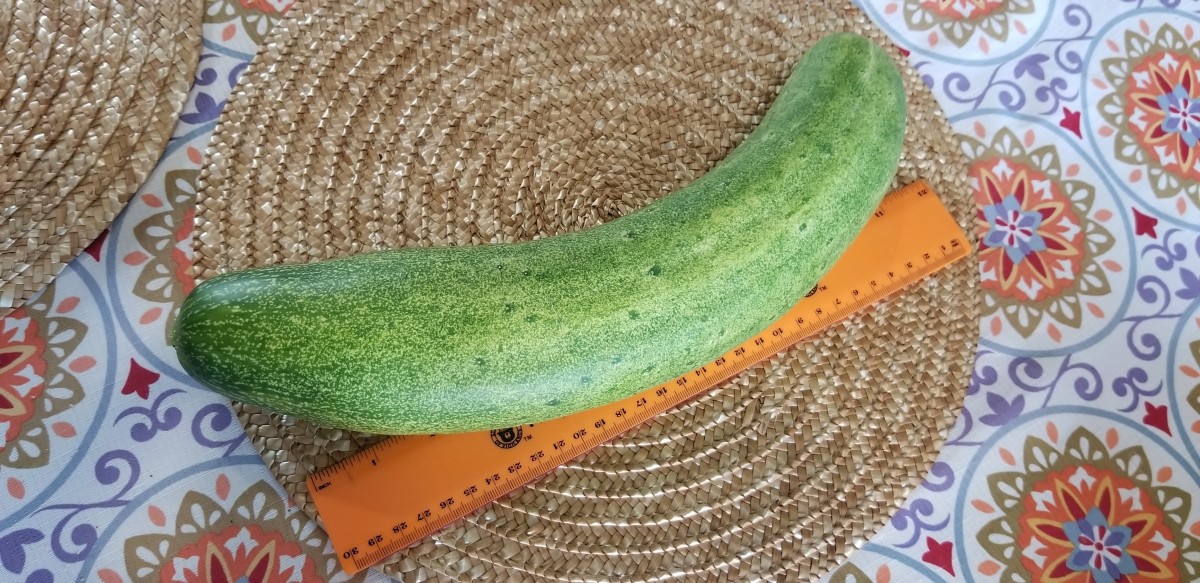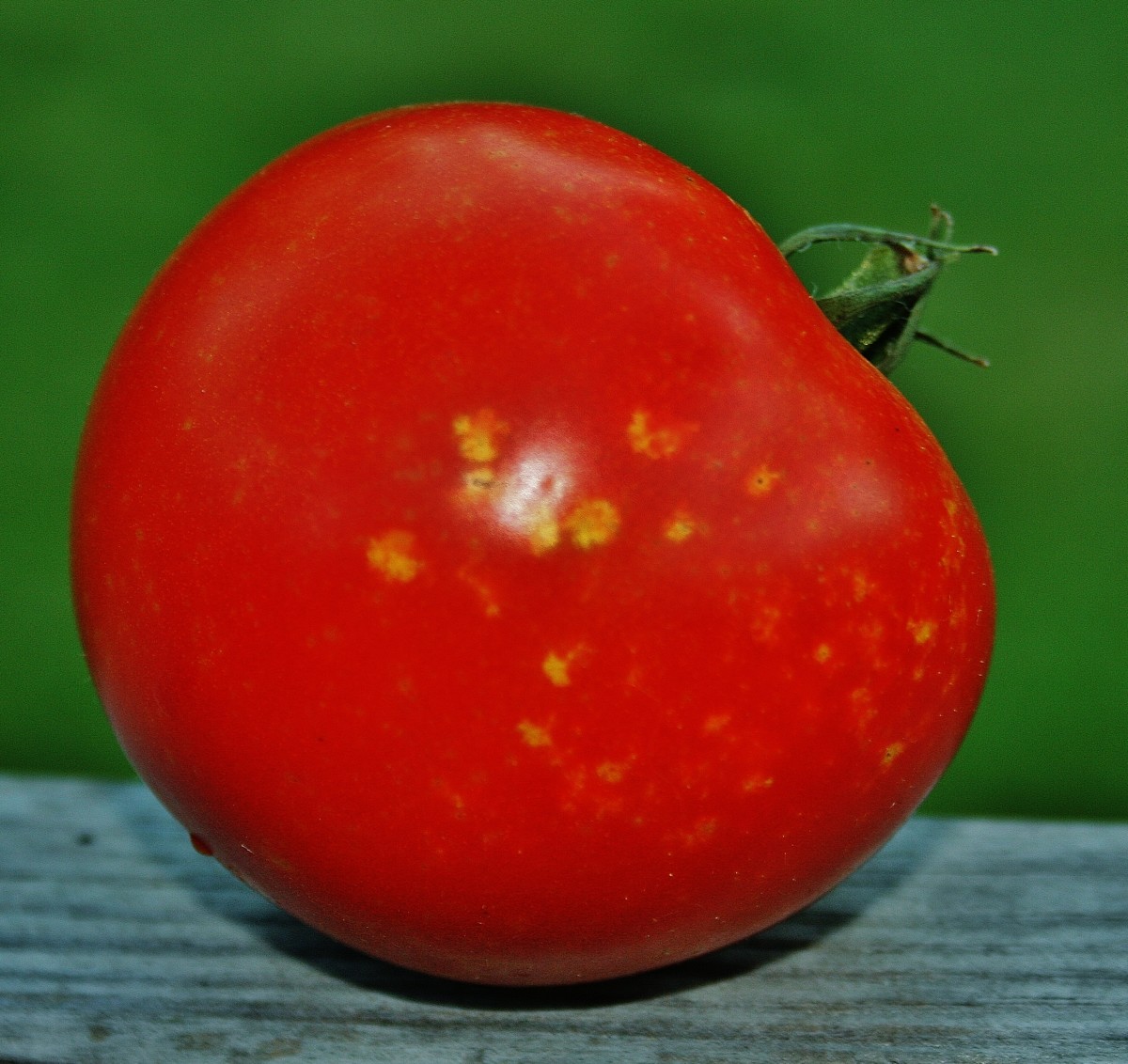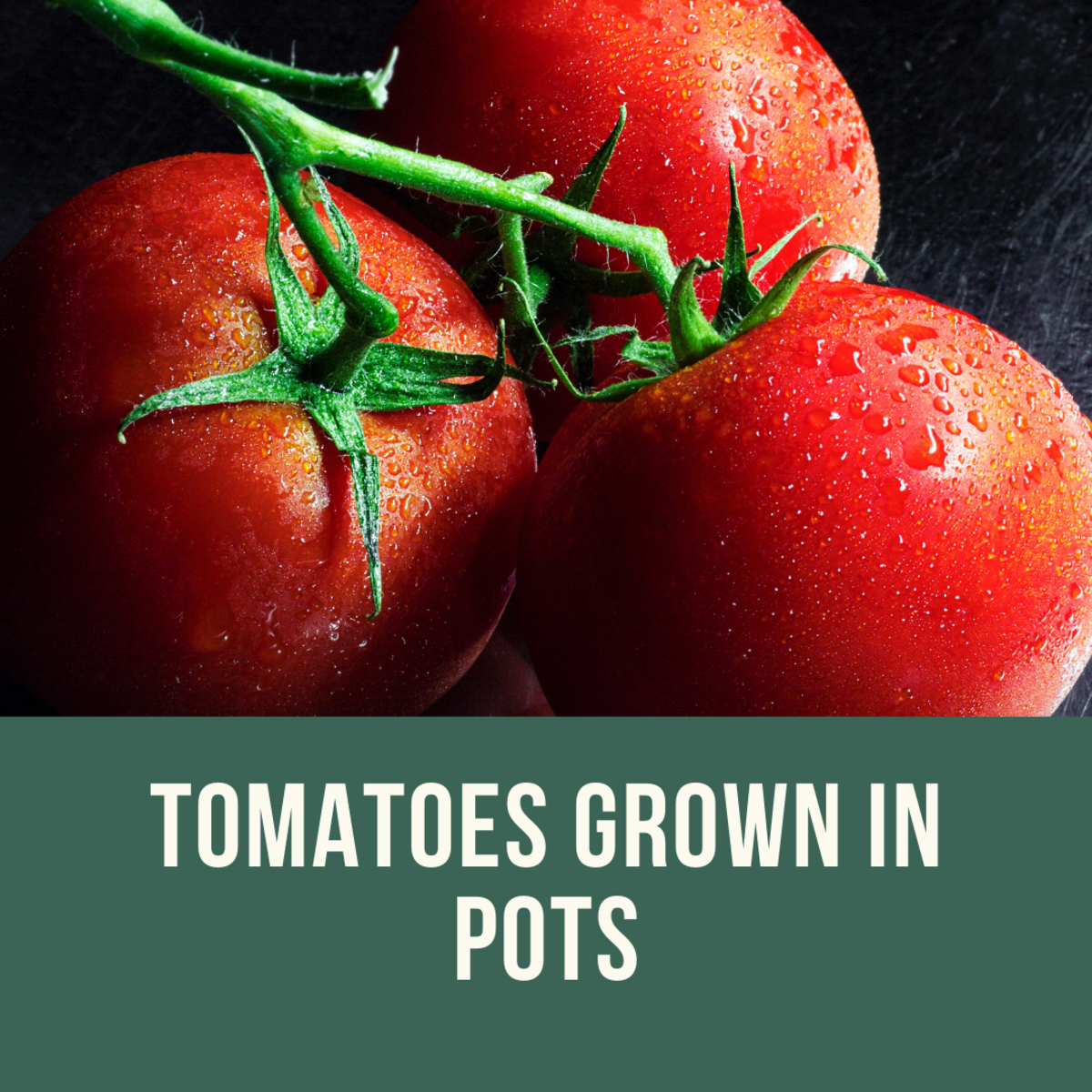TEOTWAWKI and SHTF, Gardening For Survival
Indian Corn
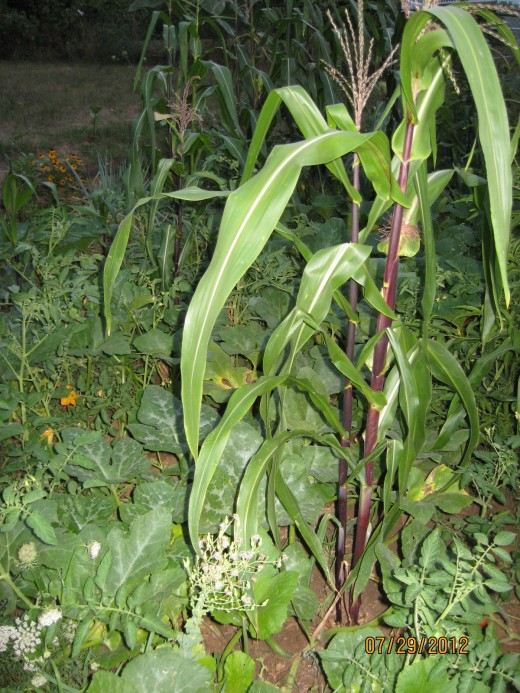
SHTF and TEOTWAWKI and Your Home Garden
SHTF means a localized disaster, such as a hurricane, tornado, or a local breakdown in civil order. Hurricane Katrina in New Orleans, and large-scale storms with resulting power outages, such as we saw recently on the East Coast, are typical examples. People there sweated for a few days or weeks, power was cut off so local supplies of food ran short, but volunteer and government relief efforts kept anyone from actually starving. Major city rioting is another common example of SHTF.
Life was uncomfortable, but actual deaths were few, and none were from hunger. People who had backyard gardens, assuming the storm hadn't wiped them out, maybe were a bit better off than those who didn't garden, but not really all that much. Gardening is unlikely to be very useful in most Shit Hit The Fan situations.
TEOTWAWKI is a different order of magnitude disaster. It is The End Of The World As We Know It. And before you laugh, think of all of the world-ending events of the last few centuries.
The American Indian faced this, when plague after plague swept through the Americas, killing over 90% of the native inhabitants. This was accompanied by an invasion of warlike peoples from another continent. This truly was the end of the world as THEY knew it!
More recently, world wars killed millions around the world, and many more millions died of starvation in famines caused by evil governments. A few decades of development and scientific advance since the last great famine isn't enough to guarantee it won't happen again. A nuclear pulse attack would knock us back 200 years technologically in a second, and the sun's solar flares have even greater potential power. With the electricity gone, and gasoline vehicles not running, how would food move?
What are some of the considerations you should have regarding gardening to survive TEOTWAWKI?
First, it probably won't save you.
Do You Live Somewhere That Looks Like This?
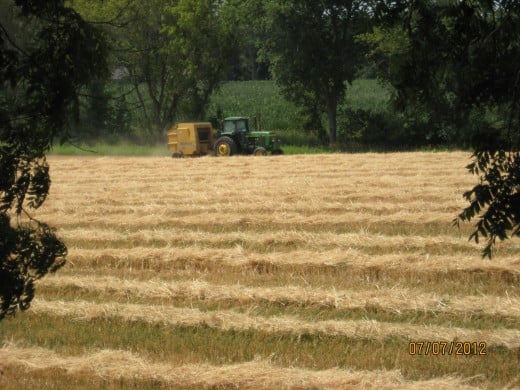
Difficulties, Problems, Considerations and Failure
Considerations:
Do you live in an area where gardening is even possible? That means plenty of land, good soils and regular rainfall. Much of the United States, and many of its major cities are out of luck. Even with a big back yard, you can't garden in Los Angeles without irrigation. Which means electricity for pumping water. Much of the West and Southwest is in this category. Any major national or world-wide disruption of society and twenty million or more people would starve to death in Southern California. There is no significant natural source of food there, and no way to grow it without imported water.
But even in the Northeast, the situation is little better. New York may get plenty of rain, but there simply isn't enough good farmland to go around, even if it were somehow divided evenly. Much of the land that used to be farmed there, one hundred years ago, is now buried under concrete and asphalt, or is covered in regrowth forest.
It is possible that the trees could be cut down again, and farms started, but not before the folks trying to do it starved to death, just like the Pilgrim Fathers. Besides, how many New Yorkers even know how to use an axe, or own one? The Northeast isn't in as deadly a location as Southern California, but the sheer number of people crammed into a small space guarantees that most would die if any large disaster occurred.
South Florida? Forget about it. You can't survive on backyard oranges. After the famine, the few survivors might be able to plant corn and beans or sweet potatoes, but that wouldn't be a viable option for at least a year, and maybe two or three. Starving gangs would see to that, just as in New England.
Chicago or St Louis might fare better. People might be able to walk or ride bicycles far enough outside the cities to reach undefended corn and bean fields. Depending on the season they might then be able to steal enough food to survive the first winter, and to plant crops the next spring. If they knew how.
The Midwest and Southeast would probably fare best, as the climate is fairly mild, and there is land available.
If there were a truly major event, a nuclear pulse attack, a solar flare, or the less likely asteroid strike a la Lucifer's Hammer, most of us would just die, either immediately from the disaster itself, or in the following months from starvation, disease and violence.
Beyond all of that, gardening is hard work, and requires specialized skills. Do you know how to prepare a large enough garden? Are you physically capable of the labor involved? Do you even own the tools and seeds you would need?
Soybeans
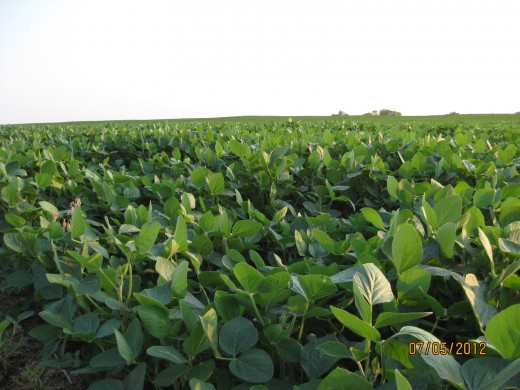
What Good Is A Garden Anyway?
So, what good is a garden, and what skills and tools would you need to survive off of one?
First, you need to be able to survive the first year. During this period, people will be starving to death and many will kill for a can of dog food. Any food lying around outside, like your corn patch, will disappear. Either you will be killed for it, or you will fall asleep at night and wake to find it gone.
Unless you and your neighbors outnumber the raiders, there is no way to prevent this short of land mines around the fields. You got land mines? The defenders have to be both more numerous and better armed than the raiders, or your garden will be useless.
Plan to have food stored to keep you alive through the first winter. A single pound of cornmeal has about 1600 calories. Starvation rations. Cost you about $220.00 for one year's worth of starvation rations. Throw in a bottle of vitamins, some cooking oil and a protein source.
After the first winter, things start looking 'better' for potential gardeners. Most of the hordes of unskilled and unprepared people will be gone, and local societies will have begun to coalesce.
Assuming you survive the first year, and live somewhere where gardening is even feasible, what next?
Can you garden? It isn't as easy as it looks. There are a lot of skills to be learned, and if you are gardening for survival, you can't afford to make mistakes. You have to learn how BEFORE the SHTF if you expect to do yourself any good afterwards. I advise starting a small backyard garden now. Plant a few rows of corn and inter-plant with beans and pumpkins. Add a couple of potatoes and you are on your way. Buy a spade, hoe and rake now, and learn how much work it is to make a garden using just manual labor.
TEOTWAWKI Heaven
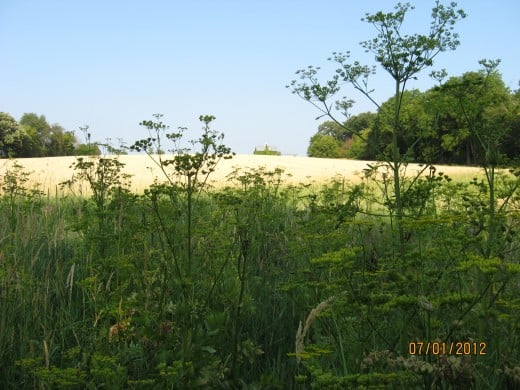
Seeds
What crops should you grow? Depends a bit on where you are, but for most people, it is best to stick with a few common crops. Corn, beans, pumpkins/squash, and potatoes. I choose because they are hardy, easy to grow and produce lots of calories. You can create a fairly well balanced diet with just these few.
The second tier crops might include other easy-to-grow and high-caloric-value vegetables like radishes, carrots, turnips, onions, sunflowers. There are lots of other choices.
These can add safety to your garden plan, as they resist different weather stresses than your main crops. Radishes, for example, are great if the weather is cold, and even resist some frost. Sunflowers resist drought well. It is good to have some of these as fall-back crops if your main crops fails. Ten or twenty bucks will buy all the seeds you can handle of your second tier crops.
You will need seeds, and where will you get them? We are assuming full-bore Teotwawki here, so Walmart or your local garden supply store are out. You have to have seeds saved. A lot of seeds. Fortunately, seeds are cheap.
Lets say you need enough seed to plant a half-acre of land. How much do you need? For corn, about seven or eight pounds of seed. In theory, one acre can feed a whole family of five with some left over. A diet of pure corn would be fairly unhealthy though, so you would lose some land out of that acre to beans and other crops.
Your best option is to have good quality seed on hand. But really, how many people keep ten or twenty pounds of beans and seed-corn stored away? Where can you get seed if you don't already have it? Suppose you have a bit of warning. A day or two before things go completely out of control. You rush down to your local Walmart to buy seeds, only to find they are already sold out, as everyone else is having the same idea that you are.
Run over to the wild bird food section and see if there are any bags left. Most people are not going to be thinking about birdseed at a time like that. What is in that bag? Corn. Sunflower seeds and other high-energy seeds. All high value food crops. It may not be the best top quality seed like you get for much more money, but it will grow and produce food.
How about beans? You do not need to buy bean seeds at the garden store. The supermarket has bulk beans by the bag. They grow just fine. You should have a fair supply of beans on hand anyway, as part of your food stocks. Get several different varieties, as you don't know in advance which ones will produce well on your land. Ever seen five bean soup? You get a variety in one bag. Beans will still be viable for several years if kept cool and dry, but it is better to rotate them, as fresh seeds germinate and grow better.
How To Grow Your Crops, The Rudiments (Hint, Buy A Good Gardening Book)
How To Grow Corn
Corn is very easy to grow, and any kind will do in an emergency. The popcorn you probably have in your cupboard will grow just fine, and produce great popcorn. Nutritionally, popcorn is just as good as any other corn, and its easy to cook!. Try growing a few stalks this year. Just plant it the same way you plant any corn, in rows about 30 inches apart, with the seeds about 6 inches apart in the rows.
Corn is one of the best crops for a home garden, but it does have a few drawbacks. It is sensitive to low water and low fertilizer. To produce well, corn requires plenty of nitrogen in the soil, and it helps to have phosphorus and potassium as well. If your soil is naturally fertile, or you have plenty of fertilizer or manure, then corn is great. It will produce more calories than almost any other crop. Plus, it is a good crop to plant in mixed gardens with climbing beans or pumpkins.
Farmers don't save corn seed from last year's crop to replant, as the second generation doesn't produce as well as the original commercial hybrid seed. But I have grown the seed saved from last year and it did fine. If you have top-grade commercially produced seed, then great. If you don't, save or scavenge or beg seed from any source. A few ears of ornamental Halloween corn can get you started, or corn scavenged from a harvested field. There are always ears of corn left by the machines. It will grow fine, and if taken care of, produce good crops.
I also grow 'Indian corn' in my garden as an ornamental. It makes big ears of brightly colored corn, and I just plant a few handfuls from the best ears every year. It is perfectly edible, like any other corn.
Beans
Beans are essential in a survival garden because they add protein and fat to your diet. They also product large volumes of food. Fortunately, beans are among the easiest crops to grow. They do not require particularly good soil, and most varieties can withstand drought better than corn. Soybeans in particular are hardy, and produce lots of protein and fat.
Plant bush beans in rows about 20 inches apart, with about 6 inches between the seeds. I also like to grow climbing or vine beans, mixed in with the corn or sunflowers. In that case plant the beans between the corn seeds, one corn then one bean down the row.
You can eat any garden bean green, or wait until it has matured and harvest the dry beans. All beans must be cooked before eating, as they are poisonous raw. Most common beans are only mildly poisonous, which is why we can eat the occasional raw green bean without noticing any effect. But if beans are going to be a major portion of your diet, they must be cooked.
Potatoes
Potatoes are your secret weapon crop. Why? Because the average person has no idea what potato plants look like, and there is no obvious food growing to be seen. Plus, digging them by hand is hard work, and most thieves are in a hurry. If planted in an uneven pattern, a potential thief may not even guess you have a garden there. Potato plants look like weeds. Everyone knows what corn looks like, and it is really easy to rip off a few ears and run. Potatoes? Not so much.
Plus, potatoes are very productive. You can get almost as many calories from potatoes as from corn in the same area of land. Another advantage is that they can be left in the ground and normally won't spoil. Unlike corn there is no hurry to get them harvested before the animals get to them.
Planting potatoes is easy too. You can plant a whole potato, or cut it into halves or quarters and plant each piece separately. Just use your hoe or shovel to make a small hole about four inches deep and drop the potato in and cover it up. In a week or two you will see the thick green sprouts popping up. Potatoes do not require highly fertile soil.
They also resist drought well. This year has been exceptionally dry, and my corn is doing very poorly. I will probably get just enough corn seeds to plant next year, and not much left over. My potatoes are doing a lot better, even with no irrigation. I dug some today and got several nice potatoes per hill. In a good year I would get about double what I am getting this year, but it is still a lot better than the corn. It's a good idea to have several different crops, as there is no way to know how the weather will be, or what bugs and diseases will hit.
Pumpkins or Squash
These should be planted around the edges of the corn or sunflowers. Pumpkins spread out widely, so you need plenty of ground. They also climb very well, so you can put them along fence-rows and they will climb the fences and leave the pumpkins hanging down. They can climb the corn and actually pull it down, so you will need to occasionally gently pull them off. Plant pumpkins five or six feet apart, or anywhere you have a bit of extra space.
Drought-stricken Corn, Pumpkins and Potatoes
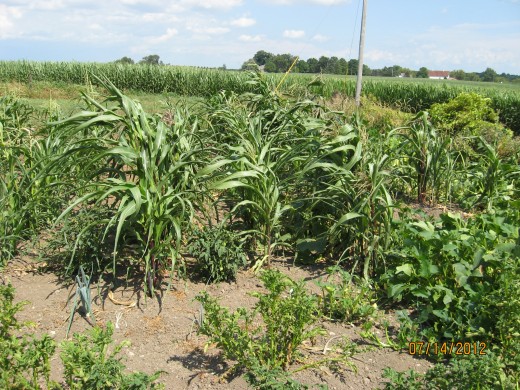
Basic Gardening Tools
The most basic tools are a shovel and a hoe. You need those above all, for a non-mechanized garden. Next in importance might be a rake. I also like to use a spade for many gardening tasks. It is better for digging potatoes than a regular shovel, for example. A machete is helpful for clearing weeds and brush.
Beyond these few, you don't need much. If you want to learn about creating a very low work garden, try my article here. It has information on how to avoid buying seeds, and how to garden without tilling the soil, saving hours of heavy labor.
Basic Gardening Tools
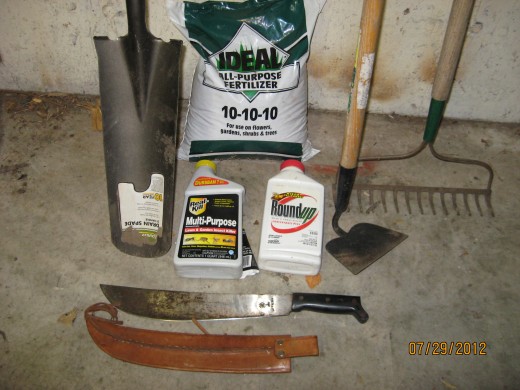
Organic Gardening Pros and Cons
Organic Gardening
A few words about organic gardening. It's great. I mainly garden organically, but am not a fanatic about it. But, when the SHTF, use every tool you have. Failure means starvation. Keep 50 pounds of garden fertilizer in your garage. It doesn't spoil, it's cheap, and will keep there forever even if you practice organic now.
Buy a quart or two of concentrated SEVIN insect killer and also of Roundup weed killer. Why these two? SEVIN is about as safe to use as any insecticide on the planet, and it knocks the bugs out fast. A quart of concentrate, diluted properly, will last a long, long time. You will need to protect your plants for those first, few desperate years. Organic will by necessity come back, after you have learned your basic gardening skills.
If you have a quart or two of liquid SEVIN, you can mix it up little by little and spray it on those specific places where the insects are causing trouble. For example, today I was in my garden and noticed ants building an aphid nest on one of the corn plants. I found the ant hive, and left it alone. I don't care if the ants kill one or two corn plants. In a survival situation, I could hit that ant hive with a few shots of SEVIN and save myself a lot of calories and work. Ants are hard to kill without poison, and aphids can ruin a garden.
There are organic methods you can use, and you should know them. But remember, this is survival first and moral quibbles about food purity last. Time and effort are key here. In a true survival situation, they count big. Every calorie you burn digging out an ant hive, and every minute you take, means more food you have to scrounge or grow, and some other job you don't get done.
Same for Roundup. That first spring you will be desperate for a way to clear off enough land to allow you to plant enough corn and beans to get through the next winter. Roundup is a 'total kill' herbicide. Here is one suggestion on how to use it. In the spring, when it is about two weeks before you are ready to plant your seeds, spray Roundup, correctly diluted, over your entire lawn. The grass will begin to brown in days, and be completely dead in just a week to two weeks.
Then, just plant your seeds directly into the lawn. Stab into the grass with your shovel tip, and place the corn, beans and squash an inch or two under the surface of the dirt. You don't even have to hoe or dig. The dead grass will provide protection to the ground, help prevent weeds from growing, and as it decays it will fertilize your crops. This will save you a tremendous amount of time and labor. Just be very careful not to spray Roundup onto any plant you want to keep!
Once the initial garden is started, Roundup should be used very carefully, if at all. Any plant it touches will either die, or be stunted and useless. With a spray bottle, you can use it to carefully remove selected weeds, or to clear bushes or larger areas of vegetation. But be careful of wind drift; only spray if the the wind will take it away from plants you want to keep. Farmers can spray Roundup on some crops only because those crops have been artificially bred to resist it. Unless you happen to have 'Roundup-Ready' seeds, don't use it around plants you want to keep alive.
Farmers use chemicals because they are cheap, and they really work. If I recall correctly, I paid about 15 bucks for my two quarts of concentrated pesticide. I still have most of it, as I rarely use either. Nice to have a backup plan though.
Some Useful Related Links
By the way, click here to go to a nice Blog that discusses TEOTWAWKI in a sane, reasonable way. This guy, as near as I can tell, isn't some nut in his mom's basement. His advice is pretty practical and down to earth.
My article on how to save seeds, with lots of pictures. It explains how to to garden with the least physical labor, even without using power equipment.


